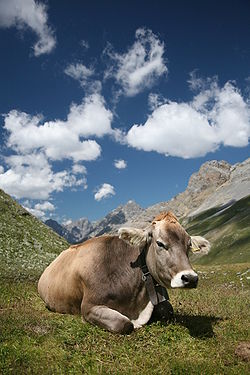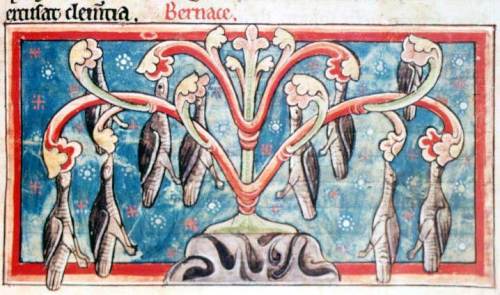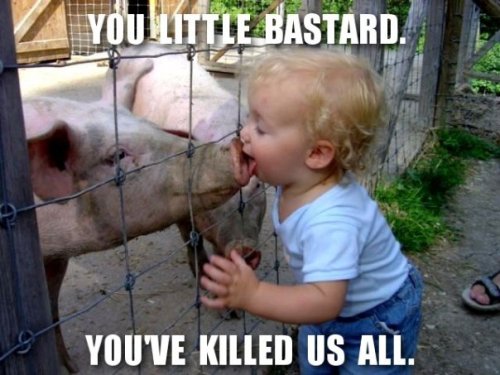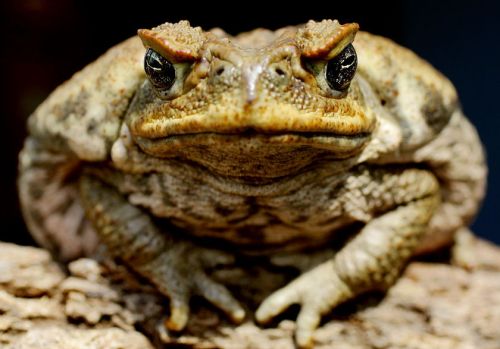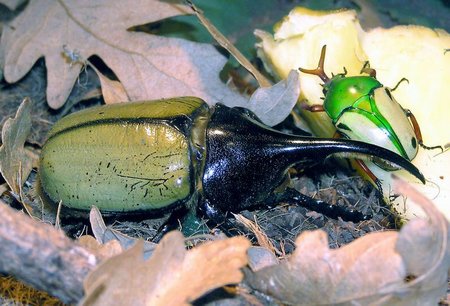When sightseeing on the Island of Andros, dear readers, keep your eyes peeled for a creature that Bahamian folk tales describe as a three-toed elf, a red-eyed man-beast or a birdlike creature with a lizard’s tail and a fluffy mane, that likes to hang upside down from trees. Quite monstrous really. And carry flowers or bright bits of cloth, with which you will, if rumors are to be believed, be able to charm the creatures– so long as you treat them respectfully. This is something you will surely want to do.
Why, you might ask? Well, it’s quite simple really. If you piss these touchy lil’ buggers off they’ll make your head spin right around. Right on around. Dastardly.
… Of course, should you treat the elf with respect, you may be blessed with good luck for the rest of your natural life—a boon not to be sneered at, in the author’s humble opinion.
Of course, some doubting souls claim that Tyto pollens, an extinct species that is distantly related to the Common Barn-owl ( Tyto alba), is the origin of the chickcharnie myth. Tyto pollens was a large, flightless burrowing owl rumored to have been territorially aggressive, though it coexisted with humans. Rapid deforestation by white explorers in the 16th century led, sadly, to this creature’s extinction… or just to the chickcharnie’s retreat from common view…
Whichever version of the story is true, the author is ready to chance it, as some good luck– and a beach vacation– would be greatly appreciated.





